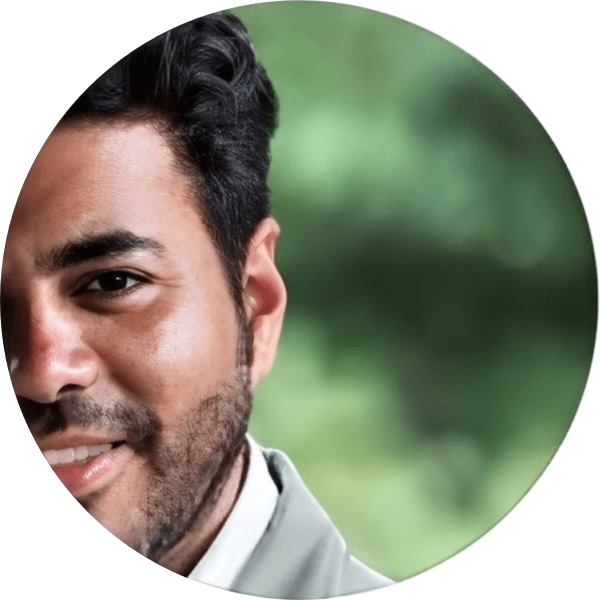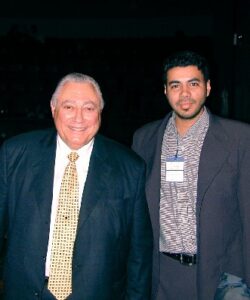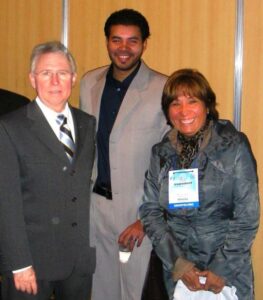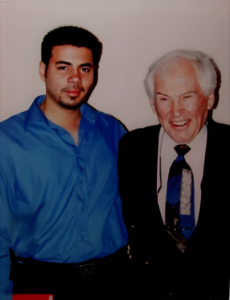ORTHOPROGRESSIVE was born as an open-source project in 2012 with the clear conviction that orthodontics treats not only teeth, but a set of interconnected systems that should not be ignored. BIOPROGRESSIVE THERAPIE is more than a technique it’s a philosophy that seeks harmony, function, and aesthetics while respecting the timing and biological needs of each patient.
At the same time, it integrates all the technological advances available to modern orthodontists.
Understanding Bioprogressive Orthodontics
Bioprogressive orthodontics is a comprehensive approach that emphasizes the importance of individualized treatment plans. It integrates biological principles with modern technology to achieve optimal results for each patient.

Your content goes here. Edit or remove this text inline or in the module Content settings. You can also style every aspect of this content in the module Design settings and even apply custom CSS to this text in the module Advanced settings.
Step 1
Understanding Bioprogressive Orthodontics
Bioprogressive is a comprehensive approach that emphasizes the importance of individualized treatment plans. It integrates biological principles with modern technology to achieve optimal results for each patient.
Step 2
Understanding Growth Prediction and Biotypology.
Step 3
Technological Integration
Orthoprogressive embraces the latest technological advancements, no protocol changes are necessarily, from digital imaging , aligner systems, super elastic wires, self-ligated and low friction braces etc. will be ours tools accuracy and treatment efficiency.
Step 4
Patient-Centric Philosophy
At the heart of bioprogressive therapy is a patient-centric philosophy. Each treatment plan is tailored to the unique biological and functional needs of the individual, ensuring both aesthetic and functional stability.

Dr. David Sotomayor, founder of Orthoprogressive obtained his dental degree from the Metropolitan University , Colombia (Unimetro) in 1997. He then attended John F. Kennedy University in Buenos Aires (BA), Argentina (Kennedy U.), where he completed his orthodontic training and received his specialist degree in orthodontics in 2004. After completing his thesis work related to facial biotypologies, Dr. Sotomayor was proud to have received a direct invitation from the academic committee to join the faculty at Kennedy U, working uninterruptedly in the area of cephalometric diagnosis and Ricketts bioprogressive clinic for 13 years. Wanting to improve the success rate of his orthodontic treatments, in 2006 he completed a postgraduate degree in minor implant surgery at the Circulo Argentino de Odontología (CAO). Introducing the new, currently available, TADs temporary anchorage screws. This allowed him to teach theoretical and practical courses both at his alma mater and at various institutes in Buenos Aires.
Finally began medical studies in 2011 at the Universidad Abierta Interamericana (UAI) with the goal of furthering his surgical training. Beyond not pursuing a medical career, those years allowed him to improve his understanding of the human body more comprehensively, understanding and confirming that our patients are not just a bunch of crooked teeth but rather physiologically connected systems.
Assessment of all points of view
One of the most well-known and popular aspects of bioprogressive therapy has been its great, though irregular, diffusion throughout the world, in Spain and France, has had and It has a great reputation, as it does in many Latin American countries. The great strength of bioprogressive therapy is the early treatments in mixed dentition.
In this aspect, the identification of a growth pattern can predict and treat dental and or skeletal alterations that will consolidate in adolescence.
Following the career of some contemporary leaders such as Dr Ronald Roth , Hugo Trevisi (MBT) , low friction brace and orthodontic and invisible aligners
their objetives are indicated for permanent dentition and little or nothing is said about early treatments in mixed dentition. That is why the author’s motivation is to include all the new technology in orthodontics with the bioprogressive philosophy.
Cephalometry
Ricketts learned Orthodontics practically “from those who invented it.” He had as teachers founding figures of Orthodontics such as Stainer, Nance, Brody, Tweed, who taught him their once famous cephalometry. Shortly thereafter, Ricketts verified with scientific methods that some bases of their cephalometries had many variations with growth. growth that can be perfectly predicted in healthy patients.

Resources
Home
About Us
Contact Us
Quick Links
Clinical Cases
Formation
Blog
Podcast



